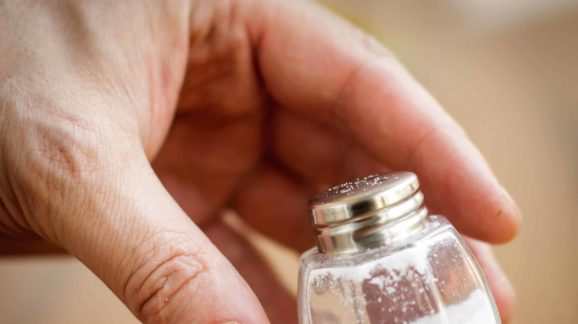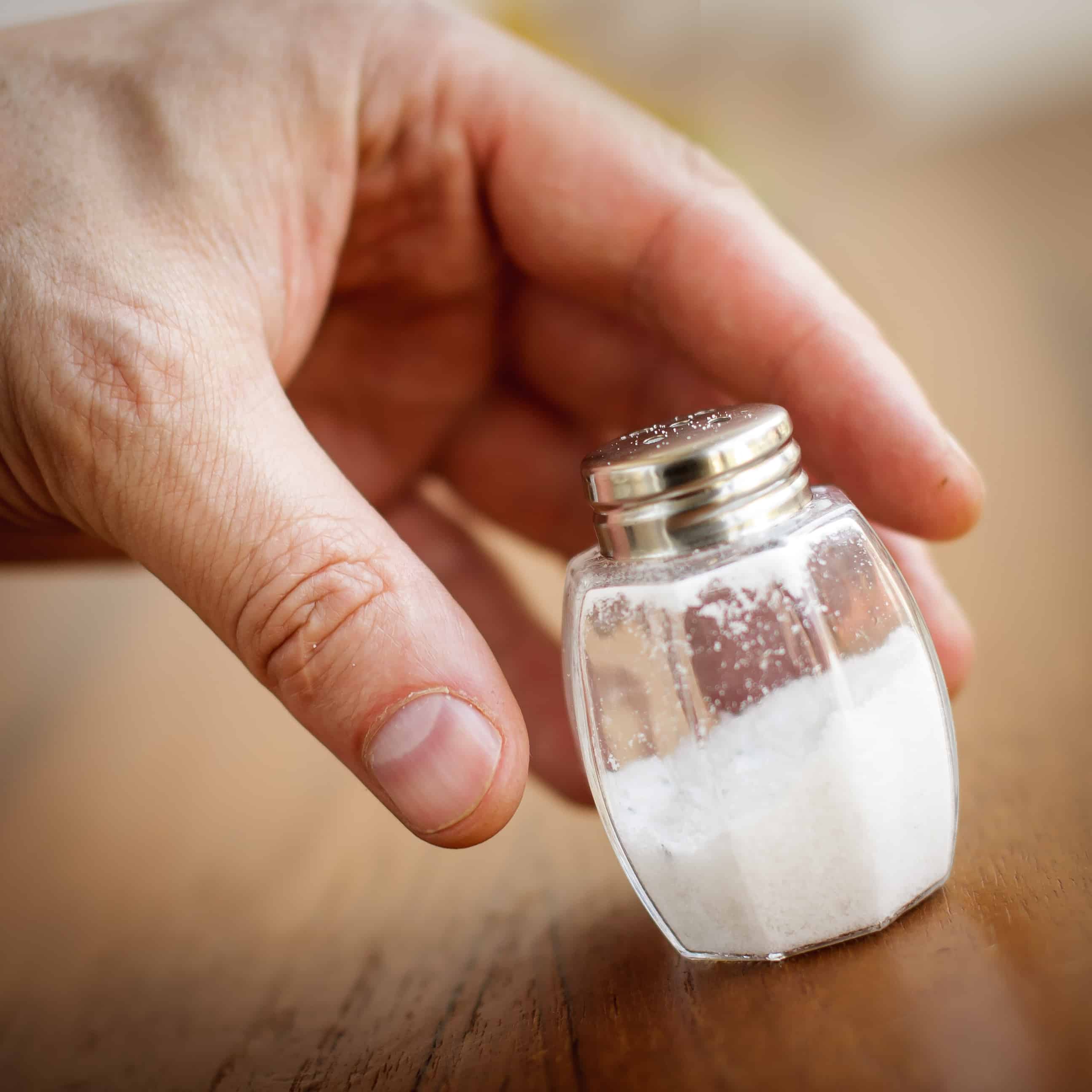FDA Taking Public Comment on Ill-Advised Sodium Reduction Plan

 The Food and Drug Administration wants to help Americans lower sodium intake to reduce rates of hypertension and associated problems like heart disease, stroke, and heart attacks. So FDA regulators plan to implement voluntary sodium reduction targets for prepared foods, such as anything you’d find in the grocery store or in a restaurant. The agency is seeking public comment until December 2. But, well-intentioned though the effort may be, it is unlikely to have any health benefit for the general population—and could backfire.
The Food and Drug Administration wants to help Americans lower sodium intake to reduce rates of hypertension and associated problems like heart disease, stroke, and heart attacks. So FDA regulators plan to implement voluntary sodium reduction targets for prepared foods, such as anything you’d find in the grocery store or in a restaurant. The agency is seeking public comment until December 2. But, well-intentioned though the effort may be, it is unlikely to have any health benefit for the general population—and could backfire.
The argument for why such guidelines are necessary is based on a few assumptions. They assert that four decades of concerted effort on the part of government and health agencies has failed to lower Americans sodium intake. This is true. They also assert that Americans get about 80 percent of their daily sodium from processed or prepared foods. This also appears to be true. However, they then infer that by coaxing food manufacturers to lower sodium in the food supply, Americans will consume less and be healthier. While the premises might be true, the FDA has made grave errors in coming to this conclusion.
We all consume too much salt, according to the Dietary Goals for Americans, issued jointly by the U.S. Department of Agriculture and the Department of Health and Human Services every five years. According to this, the max intake should be no more than 2,300mg of sodium a day or about a teaspoon and a half of salt. However, the average American consumes much more—about 1,000 mg more each day. And we’re not alone.
A 2013 study out of the University of California Davis found that the normal range for sodium intake over 45 different countries, despite differences in ethnicity, culture, and wealth, was between 2,600 and 4,800 mg a day, with Americans somewhere in the middle. And this consistency among the human population isn’t new. Two years prior to the UC David study, Harvard researchers analyzed urine samples from Americans between 1957 and 2003 and found that during this time, despite the rise in reliance on processed foods, sodium intake appeared unchanged for 50 years.
One reason for this “spooky” uniformity in our salt-eating habits is that we are physiologically inclined to eat this level of sodium. While it’s unclear why humans tend to want to eat this much sodium, study after study shows that it isn’t something we consciously choose, but an appetite our bodies are driven to satisfy. For example, when researchers give study participants salt tablets or placebos, they observe that the subjects will unconsciously alter their dietary choices so that, in the end, both groups end up taking in the same level of sodium. Many other studies have observed that sodium-deprived people generally find salt tastier and prefer higher levels of salt until their sodium levels are restored.
This is problem number one with the FDA’s plan: reducing sodium in the food supply might not result in a reduction in our sodium intake. If the reduction is enough that we aren’t satisfying our bodies’ salt appetite, people might unconsciously gravitate toward saltier foods in order to make up the difference. For example, instead of having a snack of fruit or cookies, people might choose chips and cured meat.
Problem number two: lowering sodium in the food supply is not guaranteed to make the population healthier. In fact, there is a lot of evidence that diets lower in sodium are associated with worse health. For example, one of the highest quality population studies conducted in the last decade, analyzed 24 hour urine collections for 3,600 European adults and tracked their health over the next eight or so years. When they published the results in 2011, the researchers concluded that, while people consuming higher levels of sodium (more than 5,000 mg for women or 6,000 mg for men per day) generally had higher systolic blood pressure, “this association did not translate into a higher risk of hypertension or [cardiovascular] complications.” Instead, they found that people consuming very low sodium diets (less than 2,700 mg for men and 2,200 for women) were more likely to die of cardiovascular disease.
These results echo those found by other researchers who have observed a “J-shaped curve” after analyzing sodium and health outcomes; that is, those consuming very low or very high sodium diets are most at risk of dying, while those in the middle range—including the average American—are less at risk.
Furthermore, while many studies have found that higher sodium is associated with poor outcomes in certain groups, like those who are overweight, obese, or smokers, other studies have found that sodium restriction is also linked to worse health in certain groups such as hypertensive men, and those with type I and type II diabetes—nearly 30 million Americans, or 10 percent of the population.
All of this does not mean that sodium restriction is not appropriate for anyone, but that there is mounting evidence that it is not appropriate for most Americans; nor is it worthy of government strong-arming food companies into lowering sodium in their products. On the other hand, there is also mounting evidence that increasing dietary potassium, in which the diet of about 98 percent of Americans is deficient, is as powerful at lowering blood pressure as halving sodium intake.
The comment period on the FDA’s “short-term” sodium reduction plan ended today, but the second deadline is December 2. Hopefully, there will be enough rational voices speaking up that the FDA decides to refocus its energy away from salt-reduction, an approach that has failed for nearly 40 years, and gets back to (or rather starts) protecting us from real threats, like food-borne illnesses—not our own choices.